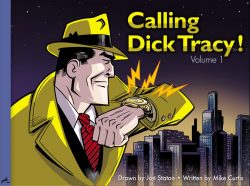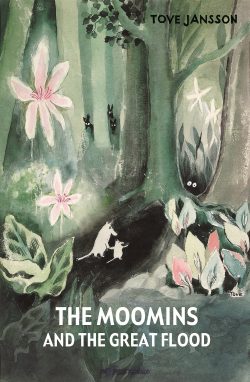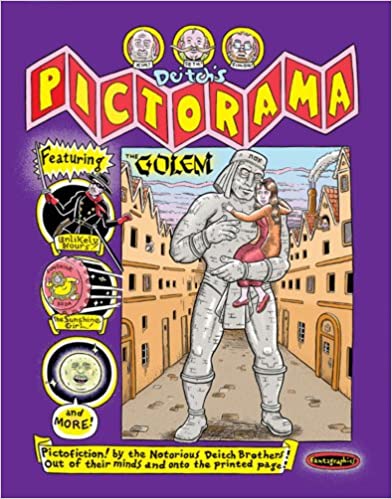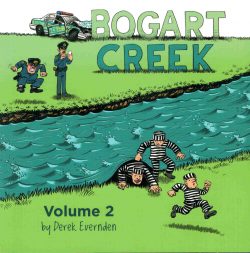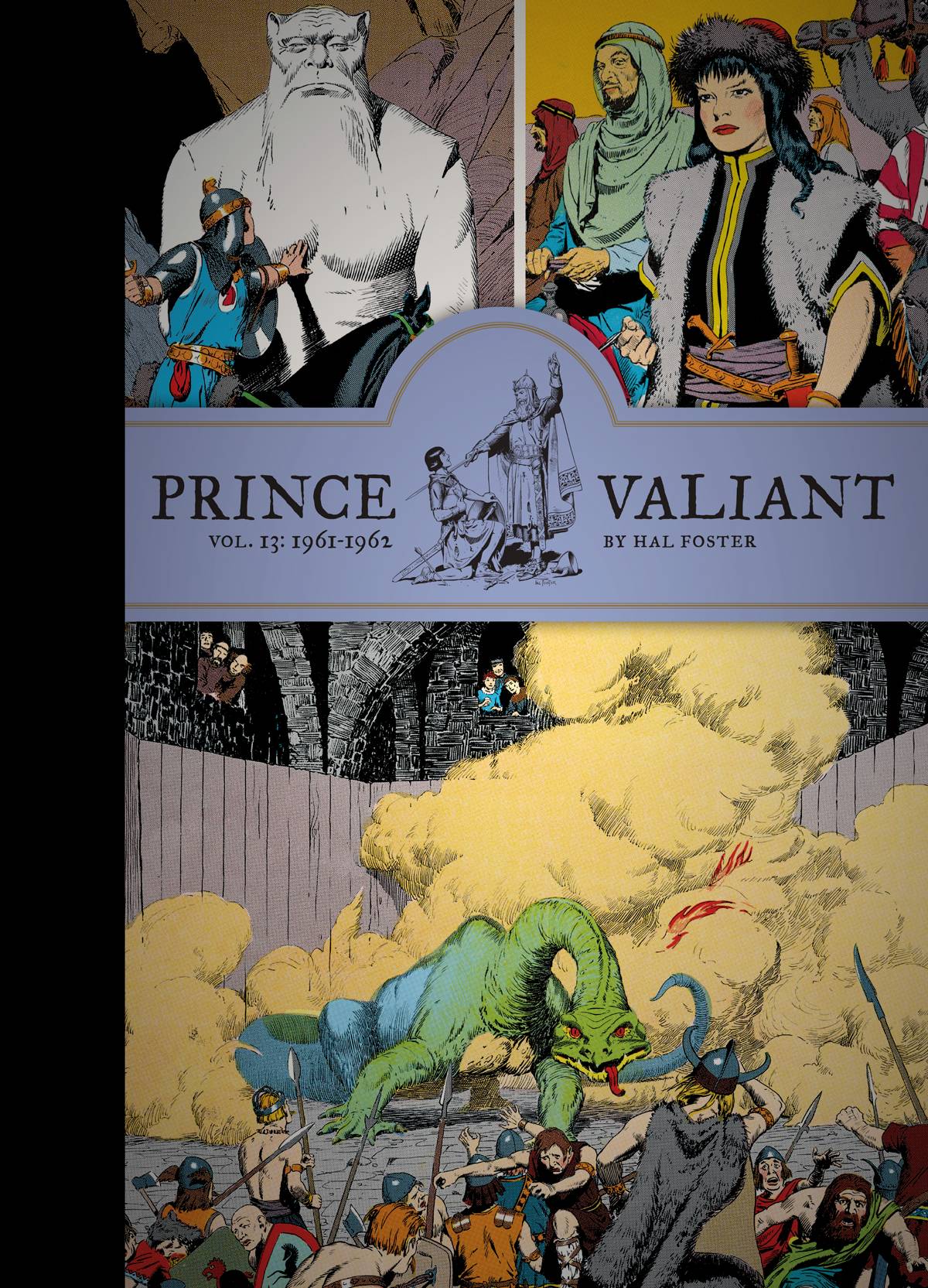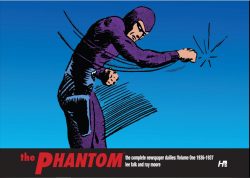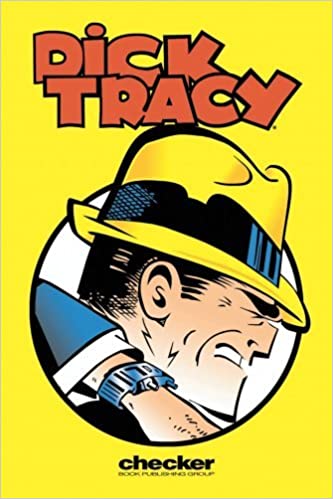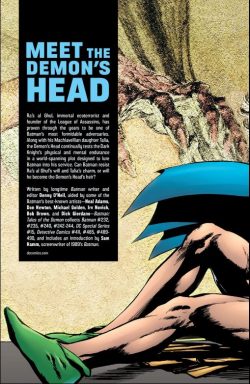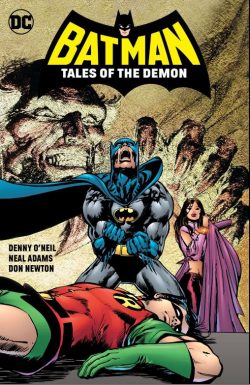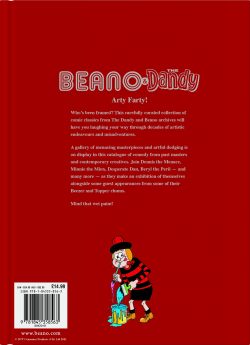
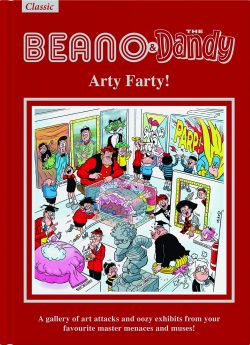
By Dudley D. Watkins, Allan Morley, Reg Carter, Davy Law, Bill Holroyd, Leo Baxendale, Ken Reid, Eric Roberts, James Crichton, Paddy Brennan, and many & various (DC Thomson & Co)
ISBN: 978-1-84535-856-3 (HB)
This splendidly oversized (225 x 300mm) 144 page hardback compilation rightly glories in the incredible wealth of ebullient creativity that paraded through the flimsy, colourful pages of The Beano and The Dandy during a particularly bleak and fraught period in British history… aren’t they all? Tragically, neither it nor its companion volumes are available digitally yet, but hope springs ever eternal…
Until it folded and was briefly reborn as a digital publication on 4th December 2012, The Dandy was the third-longest running comic in the world (behind Italy’s Il Giornalino – launched in 1924 – and America’s Detective Comics in March 1937).
Premiering on December 4th 1937, The Dandy broke the mould of its traditional British predecessors by using word balloons and captions rather than narrative blocks of text under sequential picture frames. A huge success, it was followed eight months – on July 30th 1938 – later by The Beano and together they utterly revolutionised the way children’s publications looked and, most importantly, how they were read.
Over decades the “terrible twins†spawned a bevy of unforgettable and beloved household names who delighted countless avid and devoted readers, and the unmissable end of year celebrations were graced with bumper bonanzas of the comics’ weekly stars in extended stories in magnificent hardback annuals.
This particularly tome is a collation of strips examining “Art†and a superb tribute to Celtic creativity, packed literally cover-to-cover with brilliant strips, with the mirth starting on the inside front with a rather psychedelic and fourth-wall rending confrontation between The Bash Street Kids and the ever-interventionist “Beano/Dandy artist†actually illustrated by David Sutherland, I suspect.
Sadly, as usual none of the writers are named and precious few of the artists, but I’ve offered a best guess as to whom we should thank, and of course would be so very happy if anybody could confirm or deny my suppositions…
When not in monochrome or full colour, DC Thomson titles were always extremely inventive in using their two-colour printing plate format. Way back when, most annuals and many comics were jazzed up by a wonderful “half-colour†process British publishers used to keep costs down. This was done by printing sections (“Signaturesâ€) of the books with only two plates, such as Cyan (Blue) and Magenta (Red) or Yellow and Black. The sheer versatility and colour range provided was simply astounding…
This book shows that pagination skill over and over again in strips that exploit the print process and deftly subordinate it to the narratives. What splendid fellows their printers must have been to go to all that extra effort…
Here and now though, the picture-in-picture gag cover of Dandy Annual 1971 – a Korky the Cat visual pun by James Crichton or possibly Richard Nixon – segues into a monochrome Big Eggo strip from Reg Carter before indisputable key man Dudley D. Watkins shines in black, white and red with magical lad Peter Piper (from short-lived junior title The Magic Comic) animating pictures at an exhibition before Good King Coke (He’s Stoney Broke) seeks fame in a frame thanks to early art and orange tints from Eric Roberts.
Also from The Magic Comic comes Dolly Dimple – Not So Simple: a monochrome romp by Allan Morley that leads to an Orange section starting with Julius Sneezer the Sneezing Caesar (Morley); Lord Snooty, by the incredibly prolific Watkins, detailing an art heist from an early annual, after which Morley renders more magic with Sammy’s Super Rubberand posh poseur Swanky Lanky Liz – by Charles Holt – makes more enemies with a school painting competition…
Morley’s Old Ma Murphy the Strong-Arm School-Ma’rm gets away with what we’d deem child abuse in her art class before three Dennis the Menace strips from David Law prove that chaos is an art. They’re followed by a drawing lesson with Minnie the Minx (by Jim Petrie?) and a Law full colour Beryl the Peril strip he did for a Topper Annual with the girly menace trying her hand at photography before we enjoy some black, white and red poetry-appreciation piece from a Beano Book The Bash Street Kids extended episode by Sutherland. It precedes a classic Desperate Dan diversion where he paints the town – guess what hue? – and Korky’s Catty Dictionary by Robert Nixon.
A red-toned double bill of Roger the Dodger japes by Ken Reid neatly diverts to fantastic crime as an extended (orange-flavoured) Captain Woosh caper sees the wily jetpack bandit again outwitted by good-hearted errand boy Terry Ball in a stunning Dandy Annual exploit from Charles Grigg, after which Sutherland triumphs in a pan-toned (black, red, yellow and white) classic starring The Bash Steet Kids and Teacher…
Following colourful puzzle pages ‘Blank Looks’ and ‘You Can Draw Me!’, Law’s Dennis the Menace plays ‘Pranks with Paint!’ and shares ‘Drawings by Dennis’ before we all go green with Watkins’ Desperate Dan and enjoy ‘Arty-Crafty!’and ‘Crafty Arty!’ hijinks with perilous Beryl…
Winker Watson gets a fresh look – courtesy of Terry Bave, I believe – as the wily waif interrupts a school painting chore before Ken H. Harrison’s blue period sees Harry and his Hippo get the snapping bug before the Bash Street Dogs of Pup Parade (Nigel Parkinson?) get their portraits done and Bill Holroyd’s robot rascal Brassneck saves the school play – from surly teacher Mr. Snodgrass…
Minnie the Minx endures a multi-coloured assault from a mischievous Beano artist (Tom Paterson?) before Dennis regrets ‘Making his Mark’ as a prelude to more full colour fun from Bill Ritchie’s Baby Crockett and Gordon Bell’s Colonel Blink, before Pup Parade with the Bash Street Dogs resorts to orange tints for a kennel painting prank…
Advancing print technology finally catches up and the remainder of the collection is all full-colour, beginning with Neighbourhood Witch as a little sorceress gets too interested in the family tree, after which Ritchie’s love-starved Smittengoes to extraordinary lengths to find a girlfriend…
Harrison’s Lord Snooty makes no friends when he voluntarily takes up the trumpet, whilst Paterson’s Little Larry truly turns heads (away) with his candid snaps before Bully Beef and Chips (Wayne Thompson?) clash over painted portraits whilst Dennis decrees ‘It’s a Draw’ and The Bash Street Kids romp in extended mayhem looking for cash rewards in ‘A Load of Junk’…
Robot toy manipulator General Jumbo then gets some highly specialised new units to win a painting competition, before activity page ‘Be a Dandy Artist’ segues into a Korky curated museum visit before ‘Quick on the Draw with Ivy the Terrible’ (by Lew Stringer?) ends the tour with a far more accessible lesson learned.
As you leave the volume please be sure to enjoy Sutherland’s classic Beano Book 1971 cover and denouement of the frontispiece saga that opened this extravaganza, and don’t forget to tip your reviewer…
A marvel of nostalgia and timeless comics wonder, the true magic of this collection is the brilliant art and stories by a host of talents that have literally made Britons who they are today, and bravo to DC Thomson for letting them out to run amok once again.
© DCT Consumer Products (UK) 2021 Ltd.


